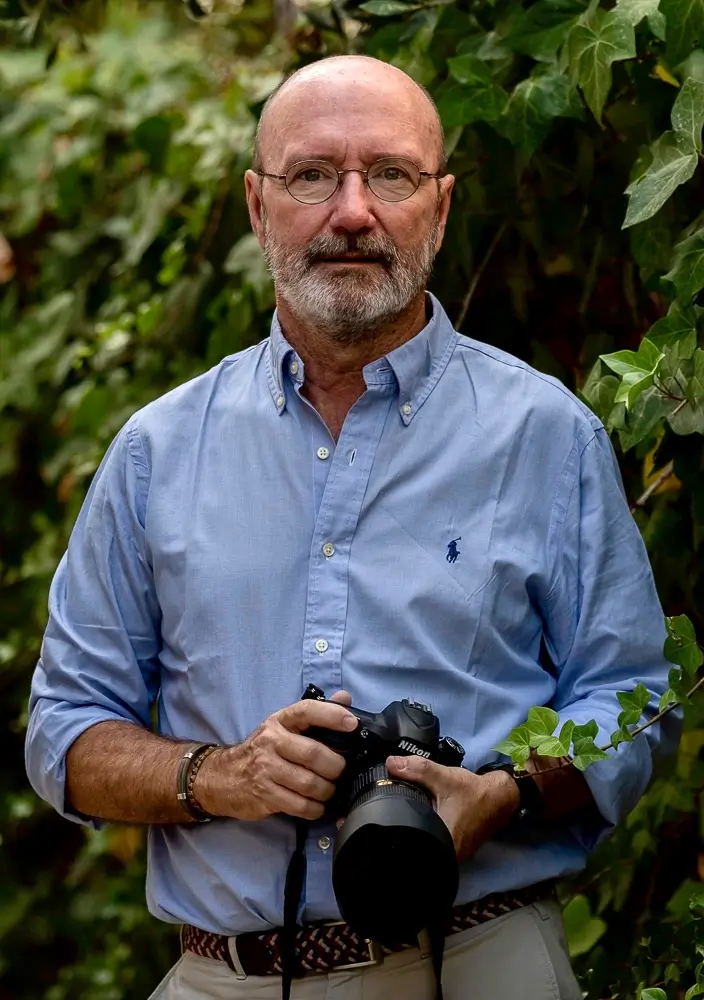Humberto Ybarra, born in Seville and now based in El Puerto de Santa María (Cádiz), is a self-taught Spanish photographer whose quiet, evocative landscapes have become his signature. He began his photographic journey in the late 1990s, but it wasn't until 2010 that he fully embraced photography as a passion. Over the years, Ybarra explored a range of genres—from portraiture and still life to conceptual work—but it was in 2018 that he discovered his distinctive voice: minimalist landscapes rooted in the farmlands of southern Spain.
His compositions are imbued with solitude, mystery, and a lyrical calm that borders on the metaphysical. Often featuring a single object—an isolated tree, a whitewashed farmhouse, a stretch of scorched earth—his images celebrate the poetry of the everyday and the quiet resonance of overlooked places. Inspired by his lifelong love of painting, Ybarra’s photographs have often been described as “pictorial” or even “cinematographic.” Critics draw parallels between his work and the poetry of Antonio Machado, pointing to a shared sensitivity to landscape, memory, and the silent passage of time.
Gallery owner Eugenia Alcázar describes his work as revealing “a loneliness that pierces the bones,” while art critic Bea Maeztu sees in his images “a personal interpretation of nature… a lyrical solitude that departs from realism to insert a magical touch of dreaminess.” His photographs do not document; they suggest, evoke, and invite reflection. As journalist Álvaro Sánchez León writes, “Ybarra transforms everyday farmlands into a powerful magnet for eyes thirsty for discreet, extraordinary beauty… His work speaks of heat, mystery, and eloquent silence.”
Ybarra’s images have been exhibited in Seville, El Puerto de Santa María, Gaucín, Barcelona, and Madrid. Whether capturing the golden desolation of a wheat field or the humble elegance of a dry thistle, he offers us not just landscapes, but inner worlds—meditative, timeless, and deeply rooted in the Andalusian soul.
Awarded Photographer of the Week - Week 27